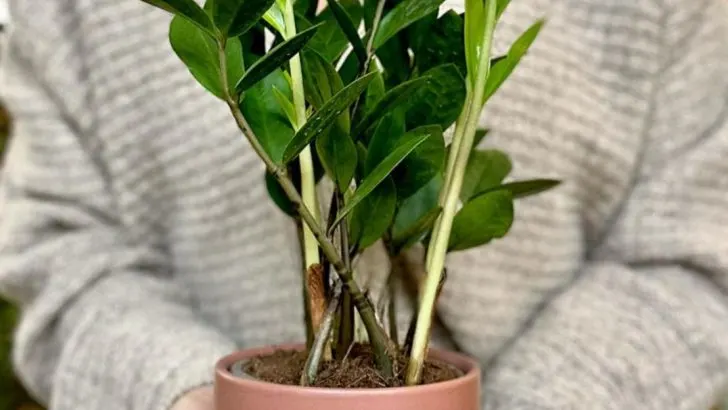Sometimes, the best way to help a plant grow is to simply look away. There are species that seem to flourish in solitude, reacting poorly to over-attention, constant watering, or frequent pruning. They thrive in the quiet gaps when we’re not watching.
These plants teach us a lesson about trust and patience in gardening—how sometimes, less interference leads to stronger roots and more resilient growth. They remind us that not every leaf or bud needs constant care to shine.
In this article, we’ll explore which plants prefer to be left alone, how to identify their subtle signals, and why stepping back can create a more balanced, effortless garden that surprises you with its quiet beauty.
Zamioculcas zamiifolia (ZZ Plant)
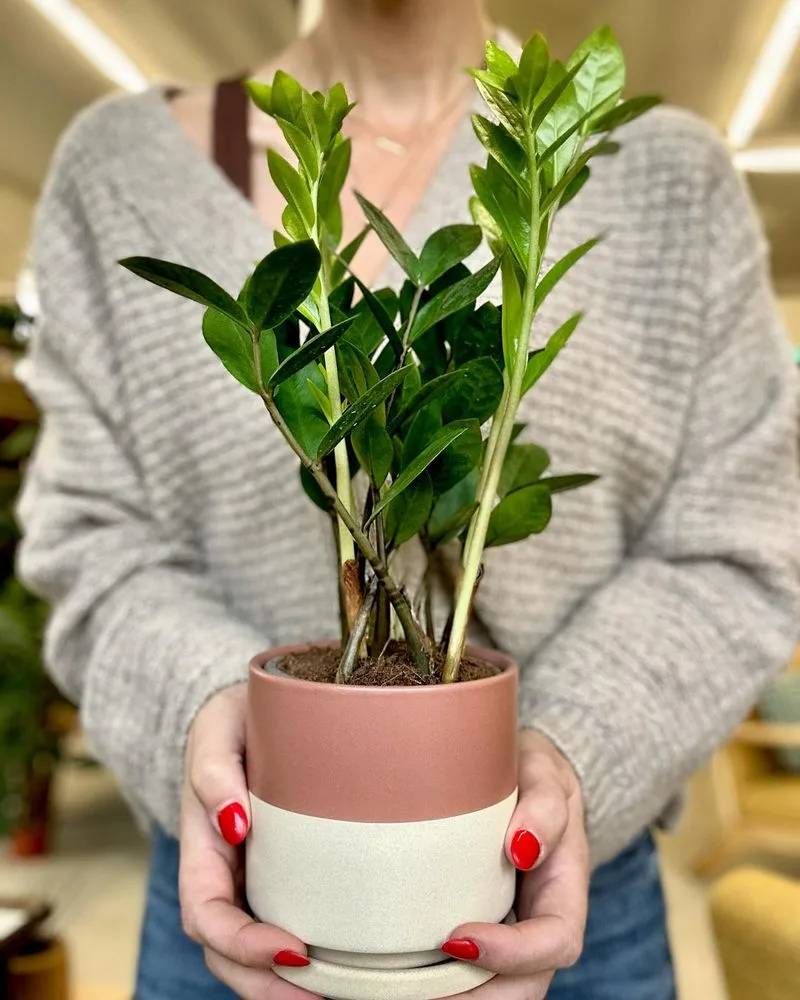
Ever wondered about a plant that prefers solitude? The ZZ Plant stands out in any room with its glossy leaves and striking resilience. This plant thrives on neglect, requiring water only when the soil is completely dry.
Infrequent watering and a dimly lit corner create the perfect habitat for this hardy companion. Its ability to store water in its rhizomes makes it an ideal choice for those who travel often or forgetful plant parents.
Its glossy appearance makes it highly decorative, adding sophistication to any interior space without demanding much in return.
Sansevieria (Snake Plant)
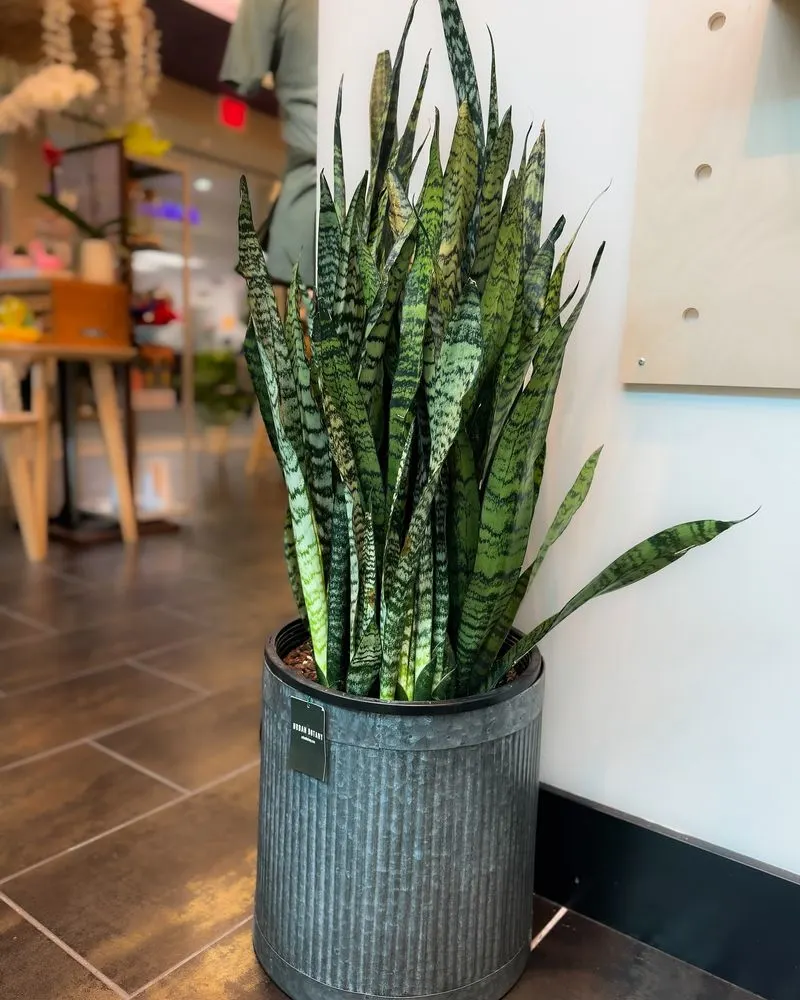
With a striking design that’s hard to ignore, the Snake Plant is a testament to nature’s ingenuity. Known for its ability to thrive in low-light environments, this plant adapts to nearly any indoor space.
A master of drought tolerance, it only needs watering every three weeks. Its architectural elegance makes it a popular choice for offices and studios, where it quietly purifies the air.
Historically, the Snake Plant was believed to ward off evil spirits, adding an intriguing layer to its low-maintenance appeal. Embrace its elegance without lifting a finger.
Aloe Vera
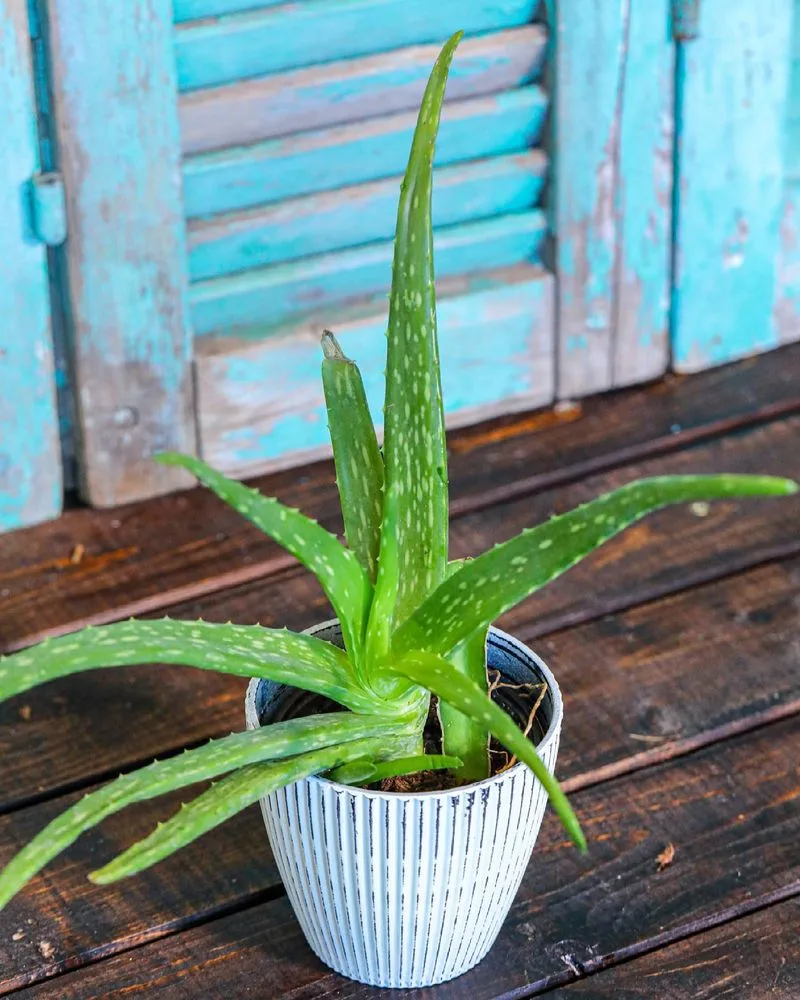
Aloe Vera, renowned for its healing properties, is as easygoing as they come. Enjoy its soothing benefits on sunburnt skin without the hassle of constant care.
Its succulent leaves store ample water, allowing it to thrive in dry conditions. Perfect for sunny spots, it requires little more than occasional watering.
This plant’s historical use dates back to ancient Egypt, where it was revered as the “plant of immortality.” It’s a blend of beauty and functionality, thriving with minimal intervention while offering a splash of green to your home.
Pothos (Devil’s Ivy)
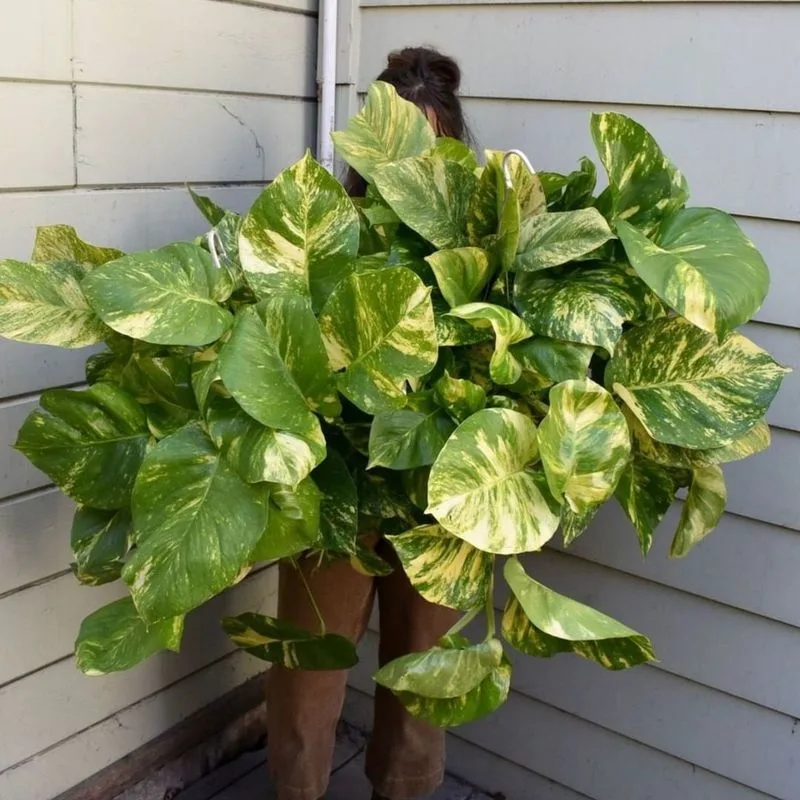
Pothos, often called Devil’s Ivy, thrives where others might wither. Its trailing vines and heart-shaped leaves make it a favorite among beginner gardeners.
This resilient plant is nearly indestructible, flourishing in low light and surviving irregular watering. Its adaptability is unparalleled, thriving in both offices and homes.
With a variety of colors, from deep green to variegated tones, Pothos adds a touch of nature’s artistry to any setting. Its forgiving nature makes it a delightful addition to those who prefer a care-free greenery experience.
Jade Plant
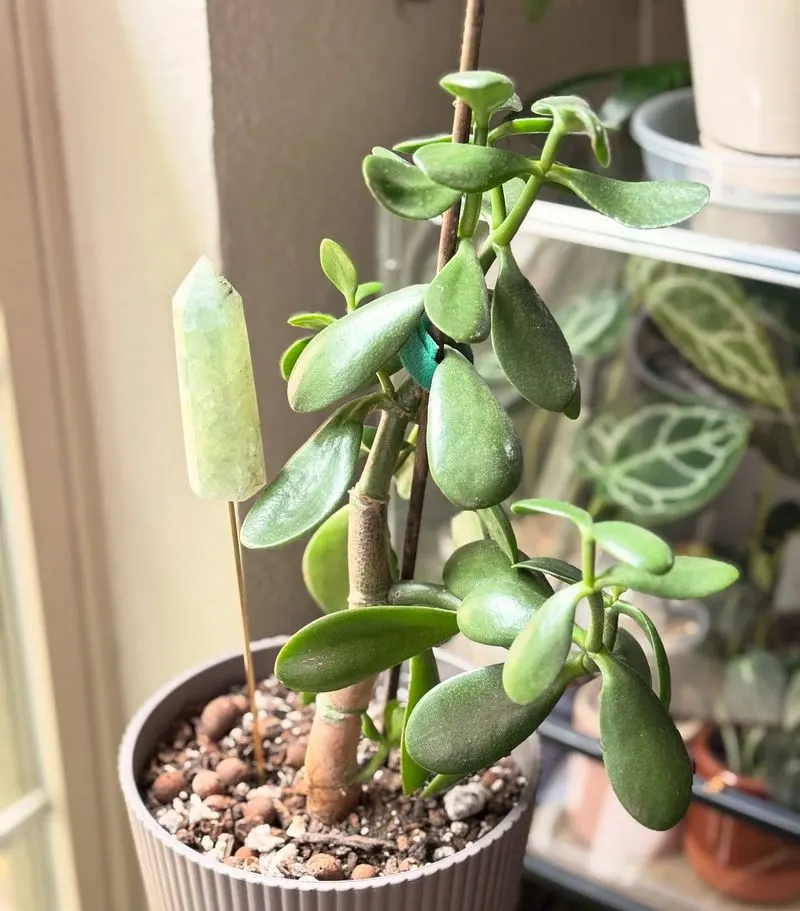
The Jade Plant is more than just a symbol of prosperity; it’s an icon of resilience. Known for its thick, fleshy leaves, it thrives in bright light but can tolerate less.
Infrequent watering suits it perfectly, as it stores moisture within its succulent leaves. This adaptability allows it to flourish in homes where attention to plants is minimal.
Often gifted as a housewarming present, the Jade Plant is believed to bring good luck and positive energy. Its sturdy nature and minimal needs make it a beloved choice for those seeking an effortless touch of greenery.

